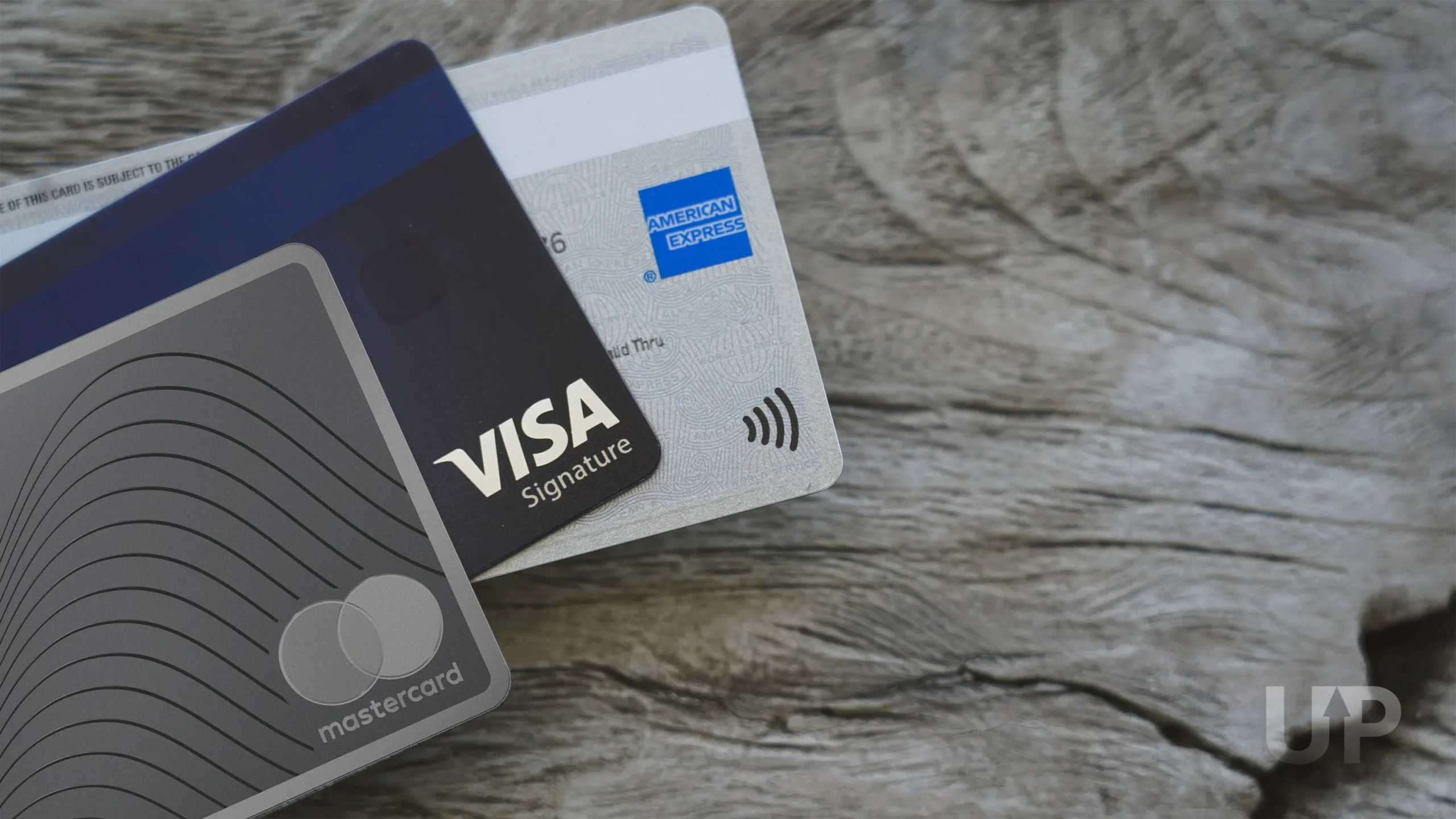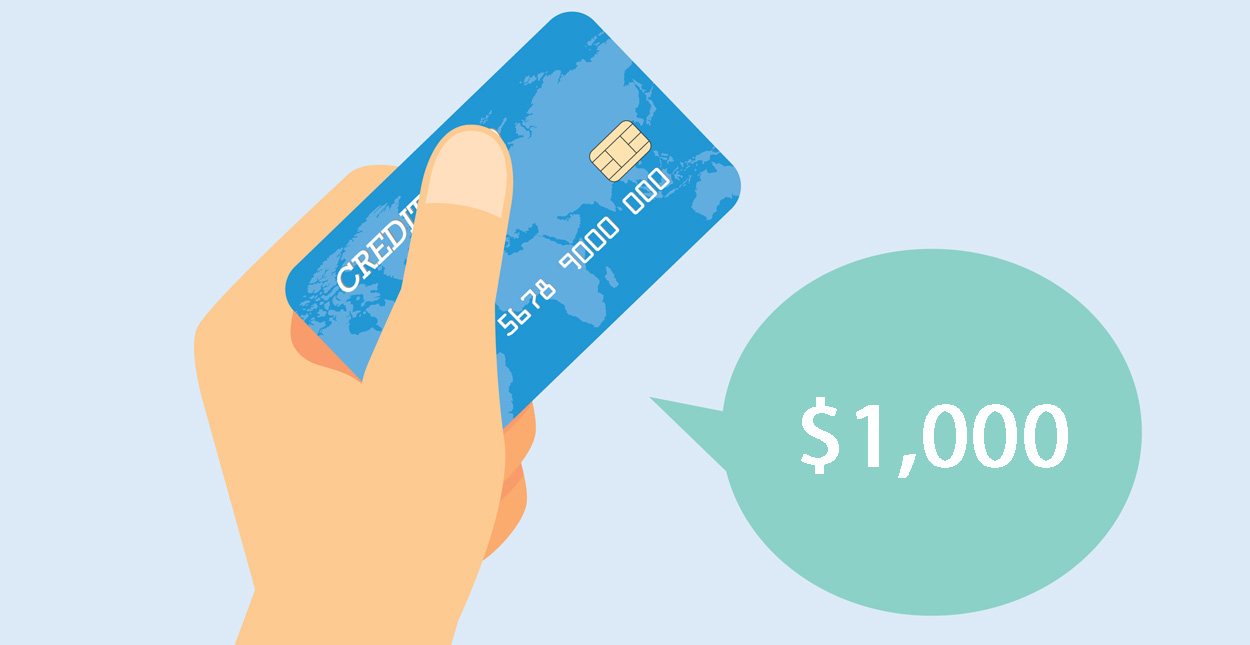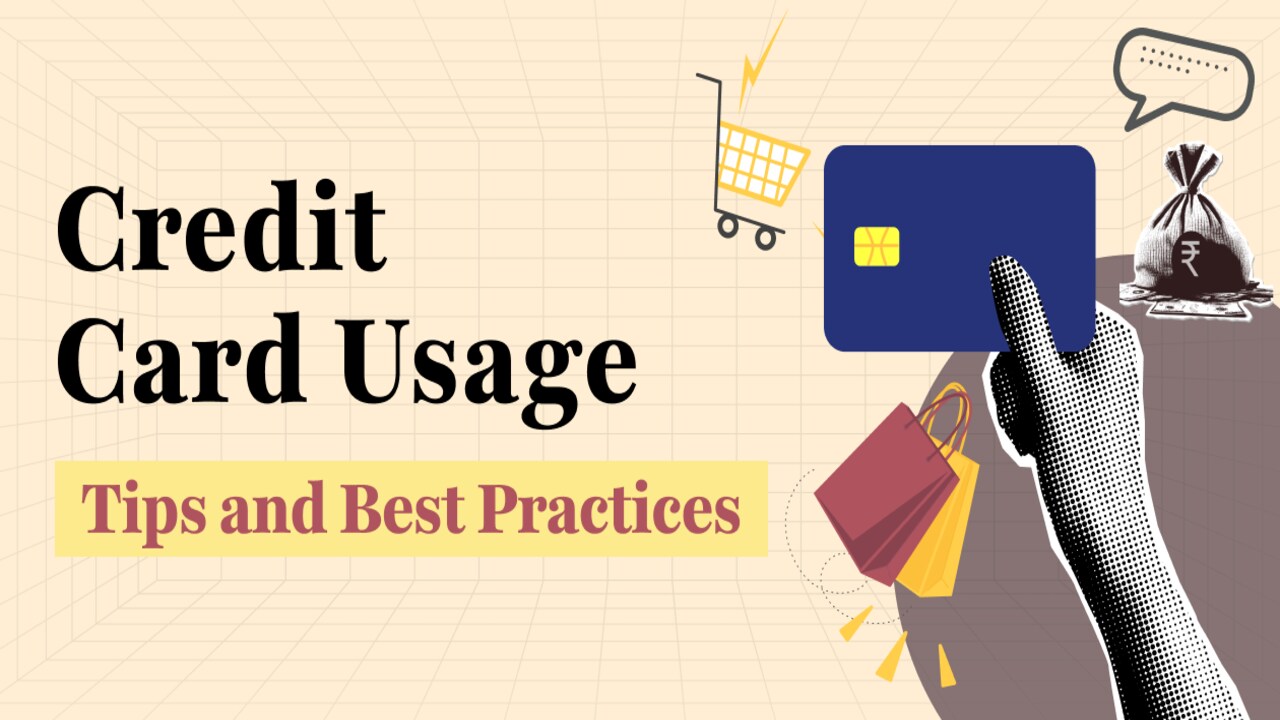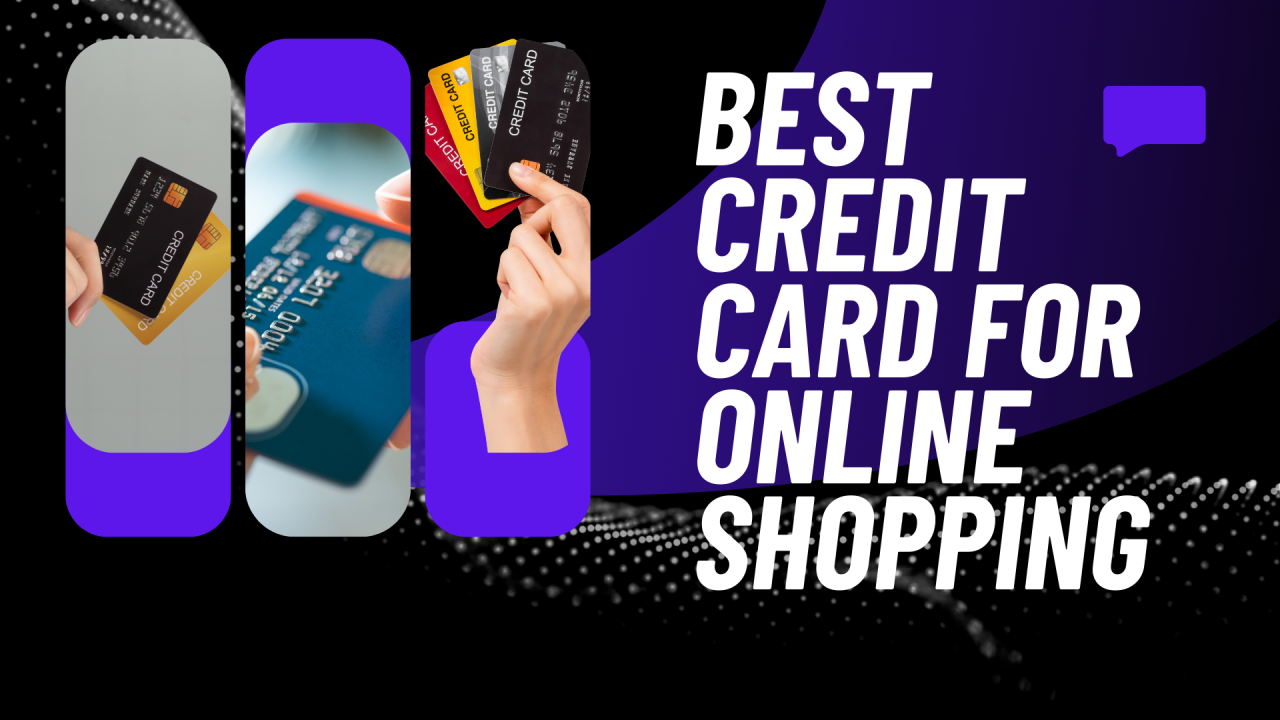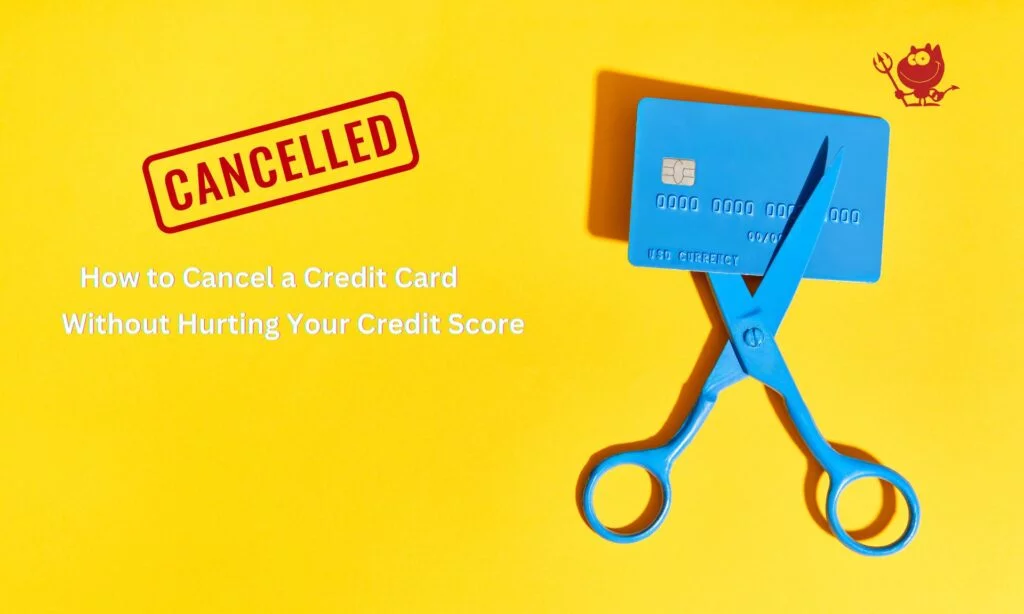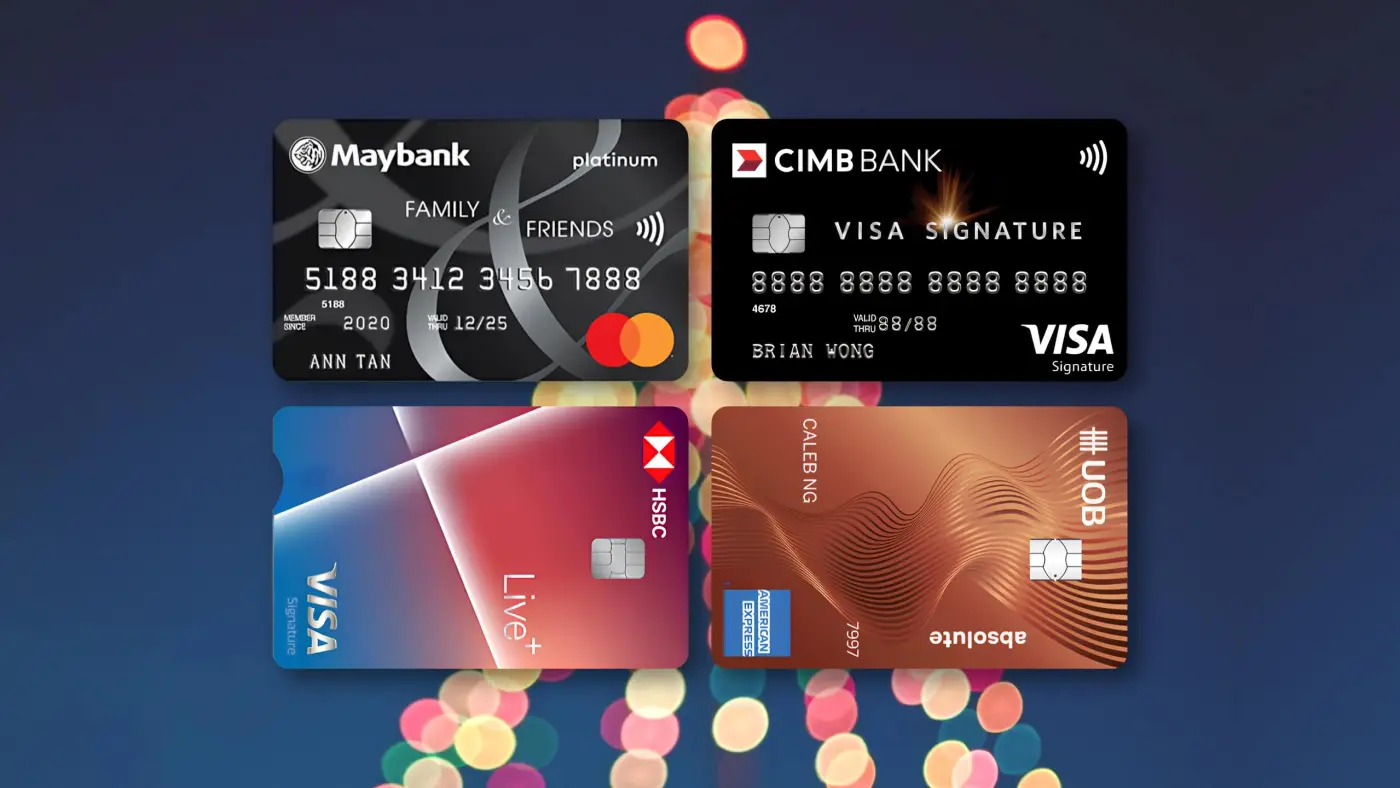In the competitive Australian credit card market, cashback credit cards offer a tangible benefit: money back on your everyday spending. While direct cashback cards, where you receive a percentage of your purchases as cash or statement credit, are less common than traditional rewards points cards, many rewards programs allow you to redeem points for cashback or gift cards, effectively achieving a similar outcome. This guide will compare the top cashback credit cards (and those with strong cashback-equivalent redemption options) in Australia, helping you understand how they work, what to look for, and how to maximise your earnings from your routine purchases.
Understanding Cashback in Australia
Cashback in Australia can manifest in a few ways:
- Direct Cashback: A specific percentage of eligible spending (e.g., 1% or 10% on certain categories) is directly credited back to your credit card statement or bank account. These often come with monthly or annual caps.
- Sign-up Cashback Offers: A lump sum of cash or statement credit provided as a bonus for new customers who meet specific spending requirements within an introductory period.
- Points Redemption for Cashback/Gift Cards: The most common form. You earn reward points on your spending, which can then be redeemed for gift cards (e.g., Woolworths, Myer, Bunnings) or converted into a statement credit, effectively acting as cashback.
- Annual Fee Refunds/Waivers: Some cards offer to refund the annual fee if you meet a certain spending threshold, which is a form of saving equal to the fee.
Key Factors When Comparing Cashback Credit Cards
When evaluating cashback credit cards or their equivalents, consider the following:

- Cashback Rate/Points Earn Rate:
- For direct cashback, what percentage do you get back, and on what categories?
- For points-based cashback, how many points do you earn per dollar, and what is the value of those points when redeemed for cashback or gift cards? (e.g., 10,000 points = $50 gift card).
- Cashback Caps/Point Caps: Many cards limit how much cashback or how many points you can earn per month or year. Ensure the caps align with your spending.
- Annual Fee: This is critical. Does the potential cashback or value from points outweigh the annual fee? A no annual fee card with modest cashback might be better than a high-fee card if you don’t spend enough to justify it.
- Interest Rate (Purchase Rate): If you don’t pay your balance in full every month, the interest you pay will quickly negate any cashback earnings. Prioritise low interest rates if you carry a balance.
- Introductory Offers: Look for sign-up cashback bonuses or bonus points offers. Understand the spending requirements and when the bonus is credited.
- Eligible Purchases/Exclusions: Some categories (e.g., cash advances, gambling, government payments) typically don’t earn cashback or points.
- Redemption Options and Ease: How easy is it to redeem your cashback or points? Are the gift card options appealing to you?
- Other Perks: Do the cards offer any additional benefits like complimentary insurance or interest-free days on purchases?
Top Cashback-Oriented Credit Cards in Australia (2025)
It’s important to note that credit card offers are dynamic. Always check the latest terms and conditions directly with the issuer.
1. Cards with Direct Cashback Offers (Often Introductory or Specific Categories)
- St. George Vertigo Card – Cashback Offer (and its Bank of Melbourne/BankSA equivalents):
- Highlights: Often features a substantial sign-up cashback bonus (e.g., $500) for spending at participating supermarkets and petrol stations within an introductory period.
- Pros: Significant upfront saving, relatively low ongoing annual fee.
- Cons: Cashback is capped and specific to certain categories/timeframes.
- Ideal for: Those who can meet the spending threshold in the specified categories and want a clear, upfront benefit.
- Westpac Low Rate Card – Cashback Offer:
- Highlights: Can offer monthly cashback (e.g., $50 per month) if you meet a specific monthly spending target for a set period.
- Pros: Encourages consistent spending to earn rewards.
- Cons: Monthly cap can limit total earnings; requires ongoing spending to maintain the benefit.
- Ideal for: Consistent spenders who can easily hit monthly targets.
- CommBank Low Fee Credit Card – Cashback Offer:
- Highlights: May offer a bonus cashback amount (e.g., $240) by meeting monthly spending targets for an initial period.
- Pros: Low annual fee, good for everyday use.
- Cons: Cashback is limited to introductory period and monthly targets.
- Ideal for: Those seeking a basic card with a short-term boost.
2. Cards with Strong Points-to-Cashback Redemption Value
These cards earn rewards points that can be redeemed for statement credits, gift cards, or sometimes even direct cashback via partners.
- ANZ Rewards Black:
- Highlights: High earn rate on eligible purchases (e.g., 2 ANZ Reward Points per $1 spent), with strong bonus points offers. ANZ Rewards points can be converted to ANZ Cashback (e.g., 1,250 points = $5 ANZ Cashback).
- Pros: High earning potential, flexible redemption including cashback to offset statement balance.
- Cons: Higher annual fee, high purchase interest rate if you carry a balance.
- Ideal for: High spenders who pay in full and want flexibility in rewards, including cashback.
- Citi Rewards Card / Citi Premier Card:
- Highlights: Offer competitive points earn rates (especially on specific categories like supermarkets, petrol, dining for Premier Card). Citi Rewards points can be redeemed for gift cards or statement credit.
- Pros: Good bonus offers, often includes complimentary insurance.
- Cons: Annual fees apply, rewards value can vary based on redemption choice.
- Ideal for: Those who can optimise spending in bonus categories and appreciate gift card redemptions.
- Coles No Annual Fee Mastercard:
- Highlights: Earns Flybuys points on eligible spending, which can be converted to Flybuys Dollars for use at Coles Group stores, effectively cashback for groceries. Has no annual fee.
- Pros: No annual fee, direct utility for grocery shopping.
- Cons: Lower earn rate compared to premium cards, redemption limited to Flybuys partners.
- Ideal for: Budget-conscious shoppers who do their main grocery shopping at Coles and want a simple, fee-free cashback solution.
How to Maximise Your Cashback Earnings
- Pay in Full: This cannot be stressed enough. If you carry a balance, the interest charged will almost certainly wipe out any cashback benefits.
- Understand Spending Categories: Focus your spending on categories that offer accelerated cashback or point earnings.
- Leverage Sign-up Bonuses: If you can meet the spending requirement responsibly, sign-up bonuses are the fastest way to accrue significant cashback or points. Be mindful of new card application impacts on your credit score.
- Monitor Caps: Be aware of any monthly or annual cashback limits so you don’t overspend past the earning threshold.
- Strategic Redemption: If earning points, research the best redemption value. Sometimes, a specific gift card offers better value than a general statement credit.
- Review Annually: Your spending habits or card offers might change. Review your card’s benefits and your usage annually to ensure it’s still the best credit card for your needs.
Are Cashback Cards Right for You?
Cashback credit cards are most beneficial for:
- Regular Spenders: The more you spend, the more you can earn back (within caps).
- Disciplined Payers: Those who pay their balance in full and avoid interest.
- Budget-Conscious Individuals: Who appreciate direct savings or gift cards to offset everyday expenses.
They are generally NOT ideal for:
- Those who carry a balance: High interest rates negate cashback benefits.
- Infrequent card users: You won’t earn enough to justify annual fees (if applicable).
- Those seeking luxury perks: Cashback cards often don’t come with extensive travel benefits or insurances found on premium rewards cards.
Conclusion: Making Your Money Work Harder
Cashback credit cards in Australia, whether through direct offers or intelligent points redemption, provide a compelling way to gain tangible value from your everyday spending. By carefully comparing the cashback rates, annual fees, and understanding your own spending habits and financial discipline, you can select a card that effectively puts money back in your pocket. Always remember that the fundamental rule of credit cards applies: pay your balance in full and on time to truly maximise your cashback benefits and avoid costly interest charges.


